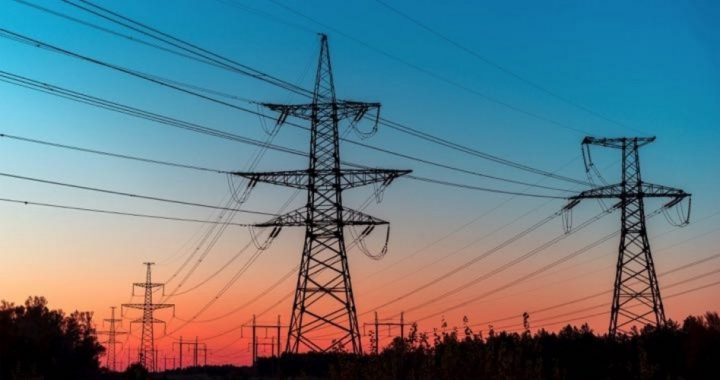
Podcast: Play in new window | Download ()
Subscribe: Android | RSS | More
Pacific Gas & Electric (PG&E), the largest energy supplier in California, has cut off power to portions of 22 counties in the northern half of the state. Outages are expected to last for up to seven days, potentially longer, as high winds buffet that portion of the state, heightening the risk of wildfires due to downed power lines.
“The power will be turned off to communities in stages, depending on local timing of the severe wind conditions, beginning with counties in the northern part of the state,” PG&E said in a statement.
Thus far, approximately 630,000 residents of the area have been affected by the outages. The number may rise to over a million if weather conditions warrant. Numerous schools and colleges, including the University of California–Berkley have been shut down due to power outages and the fire threat.
California Governor Gavin Newsom put the blame for the outages squarely at the feet of PG&E. “I’m outraged because it didn’t have to happen,” Newsom told reporters in San Diego on Wednesday. “[PG&E is] in bankruptcy due to their terrible management going back decades. They’ve created these conditions, it was unnecessary.”
While PG&E may indeed be guilty of not upgrading its power grid in a timely manner, Newsom completely dodges any responsibility that might lie with local, county, state, and federal regulations regarding forest management and zoning regulations.
The National Weather Service (NWS) has issued red flag fire warnings for a large portion of the state, north of the Bay Area. The Diablo winds, which occur annually in the region, coupled with dry vegetation and low humidity create perfect conditions for potentially deadly fires. “This is a recipe for explosive fire growth, if a fire starts,” NWS tweeted. “Have your go bag ready.”
Wind gusts over 60 mph are possible in mountain passes and canyons, while the coastal and valley areas could see winds up to 45 mph.
“California’s Mediterranean climate makes it unique, as our warmest months coincide with our driest,” said Jan Null, a climate scientist from San Jose State University.
California’s dry season typically runs from May until October, a time when most of the state only receives approximately 10 percent of its annual rainfall. Right now is when the state’s vegetation is at its driest, making autumn peak fire season. “By the end of summer and into early fall, the state’s vegetation has dried out,” Null said.
After last year’s disastrous Camp Fire in Northern California, it seems reasonable that PG&E take this drastic action in order to reduce fire risks in the area. After all, the energy company is still on the hook for billions of dollars, owing to its role in the 2018 fires.
But some are suggesting that the power outages might not be fully explained by the forecasted high winds.
On July 4 and 5, earthquakes measuring 6.4 and 7.1 hit the U.S. Navy’s secret China Lake weapons facility near Ridgecrest, which is in Kern County, 150 miles northeast of Los Angeles. The region has suffered thousands of aftershocks since the two main quakes in July.
Some are suggesting that the China Lake facility is the victim of a “seismic attack,” in which unknown forces used some sort of “tectonic weaponry” in an attempt to take out the weapons facility.
And to whet conspiracy theorists appetites even more, this tweet points out that the epicenter of the July quakes weren’t just near the naval base, it indeed was the epicenter. Are the PG&E power outages some sort of response or preparedness drill for unknown weapons, which can create earthquakes?
With rolling power outages expected to hit Southern California in the days to come, some believe that the power outages are merely a precursor of some greater disaster yet to come. Or they might be some sort of “beta test” of disaster preparedness for an electromagnetic pulse (EMP) attack on the U.S. power grid. In theory, a nuclear missile exploded at high altitude could cause the failure of electrical systems, which would cause millions to lose power instantaneously.
Maybe, but the simplest explanation is usually the best one. PG&E has suffered billions of dollars’ worth of lawsuits in the last few years owing to its rickety power grid in the state. Until it is able to upgrade those above-ground power lines that hang perilously over the dry vegetation, which the state and federal government refuse to clear, the prudent thing to do is to shut down power to remove at least one possible ignition source for those terrible wildfires.
Photo: Yelantsevv / iStock / Getty Images Plus




